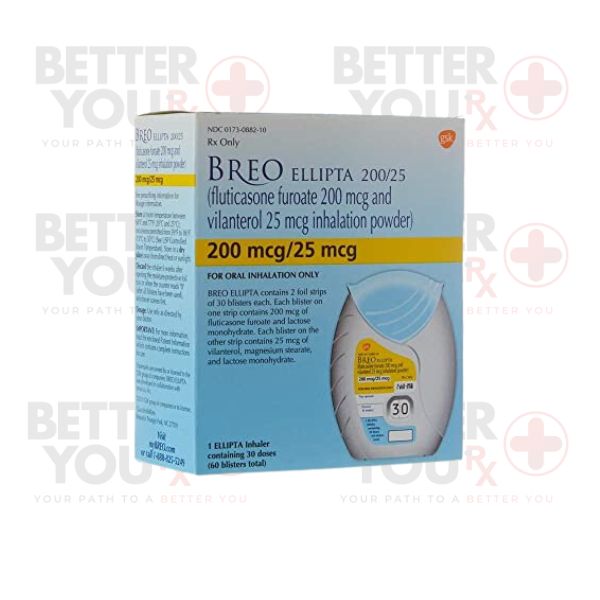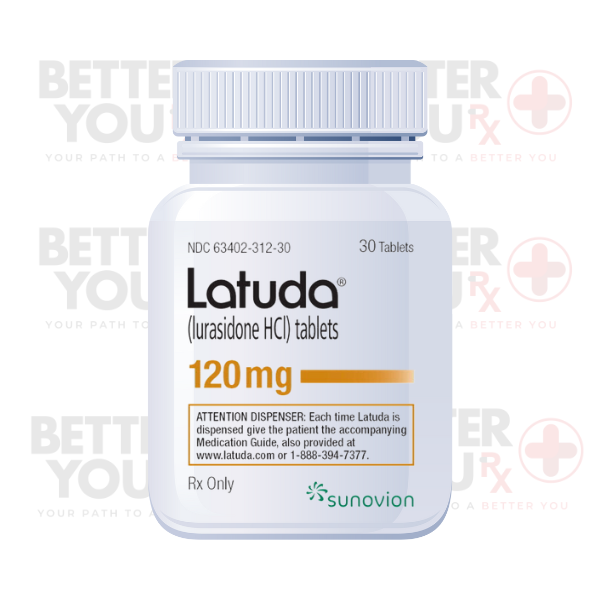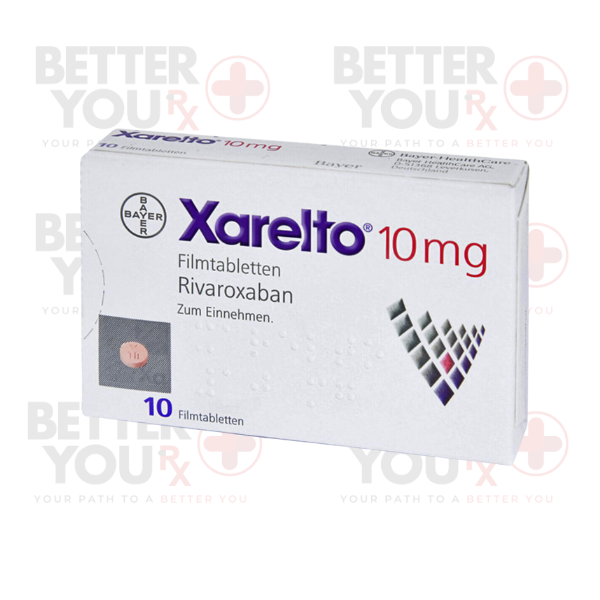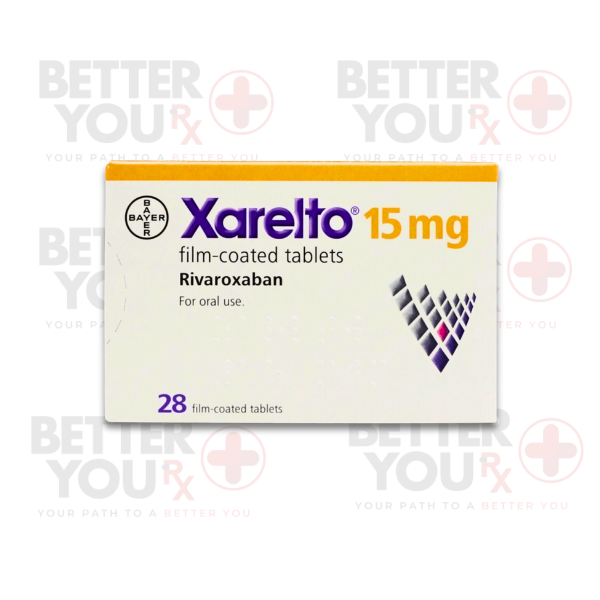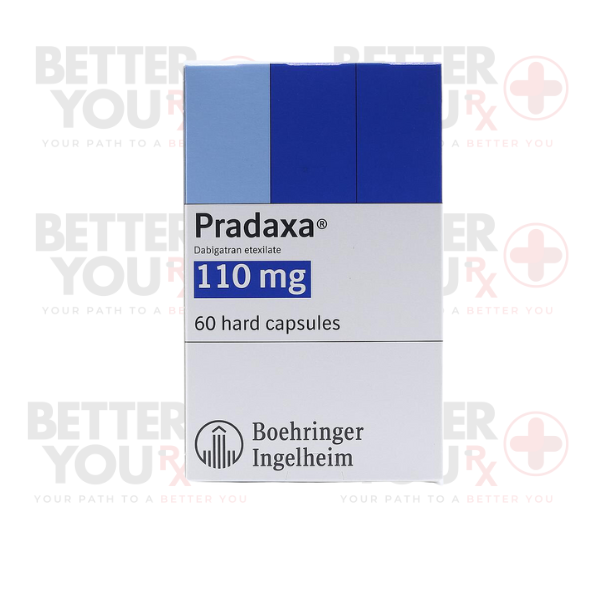Indications:
●Treatment of conditions like sustained ventricular tachycardia, paroxysmal atrial fibrillation, or flutter (PAF), and supraventricular tachycardia (SVT).
●Prevention of recurrent episodes of these arrhythmias.
Administration Guidelines
Oral Administration:
●Propafenone is usually taken orally, in tablet form, and is available in immediate and extended-release variants.
●The dosing regimen of propafenone will be closely tailored to the individual needs, taking into account the patient's medical condition, response to treatment, and any other medications they might be taking.
●Healthcare providers typically start patients on a lower dose to minimize the risk of side effects and gradually increase it as needed.
Dosage Forms:
●Immediate-release tablets are generally taken every 8 hours or as directed by the healthcare provider.
●Extended-release capsules are typically taken once or twice a day.
Safety Preclusions
Pregnancy and Breastfeeding:
●The safety of propafenone use during pregnancy and breastfeeding is not definitively established. Potential benefits must be weighed against potential risks, and its use should be discussed with a healthcare provider.
Long-term Use:
●Regular monitoring through electrocardiograms or various forms of heart rhythm monitoring will be necessary.
●Your healthcare provider might order periodic assessments of liver and kidney function to adjust dosing or monitor for potential toxicity.
Drug Interactions:
●Careful assessment of concomitant medications is crucial as propafenone can interact with a multitude of drugs, such as beta-blockers, certain antidepressants, other antiarrhythmics, anticoagulants, and digoxin, to name a few.
|



